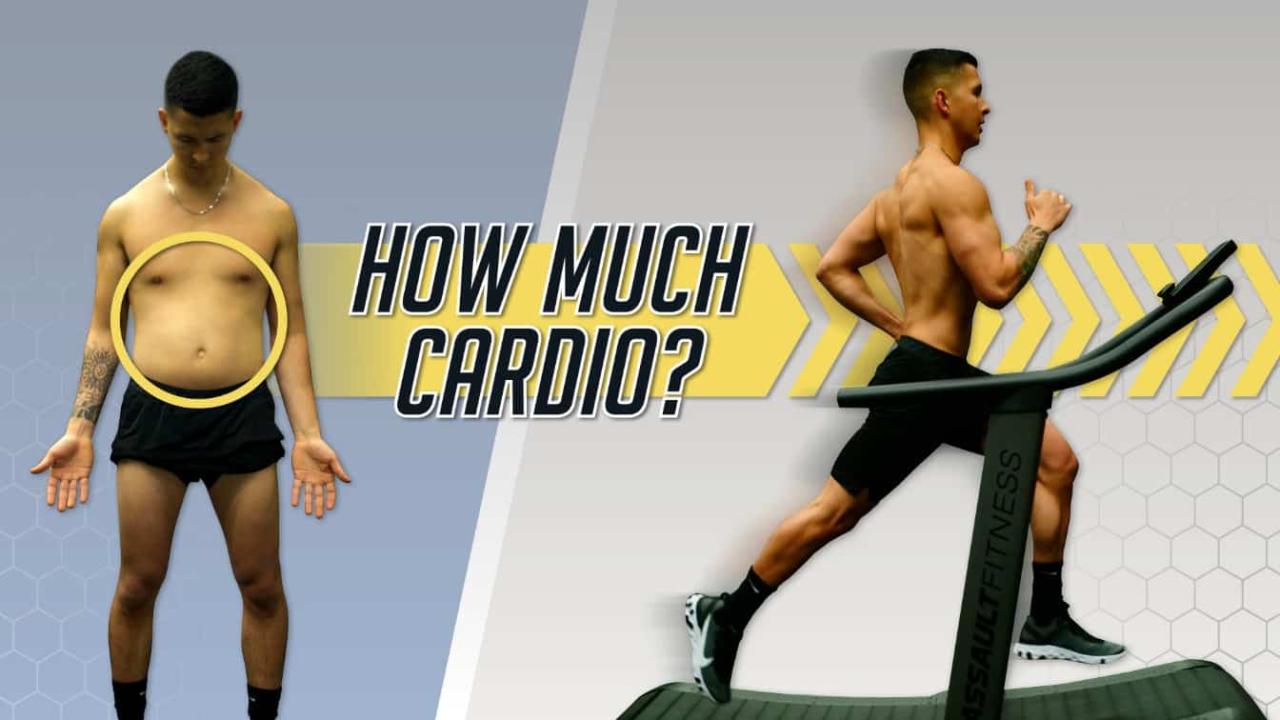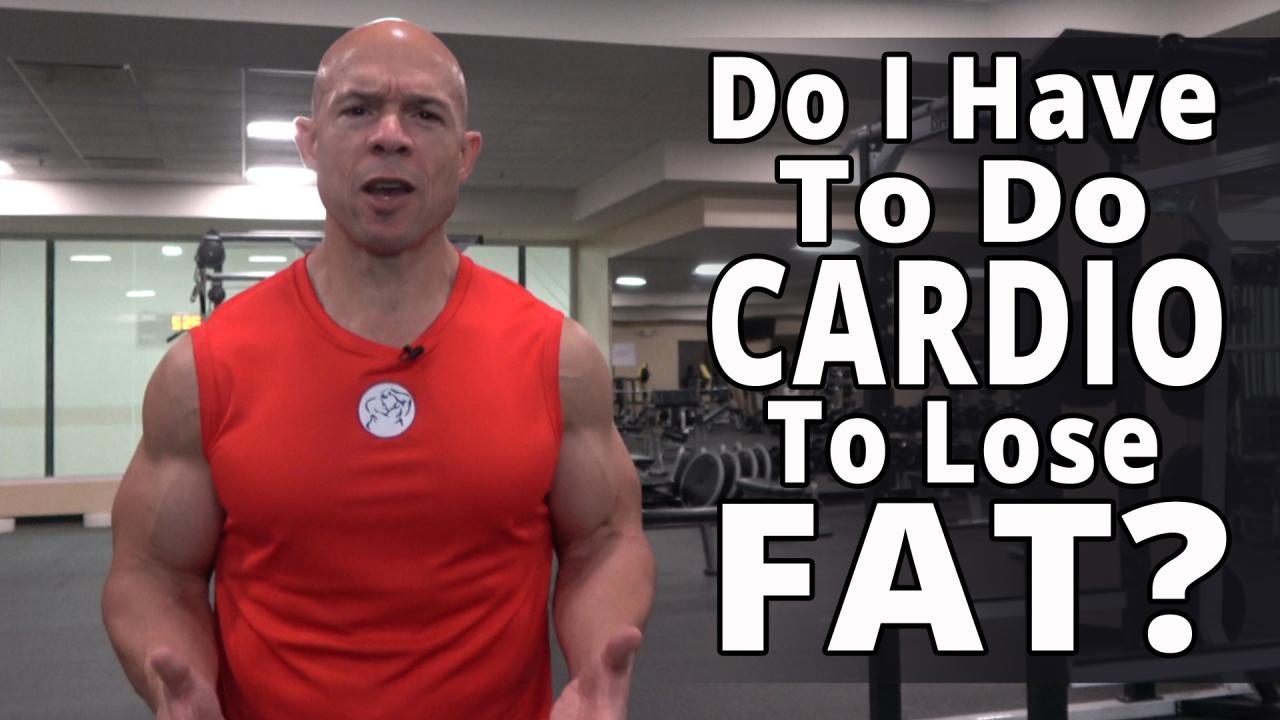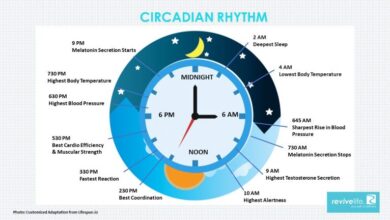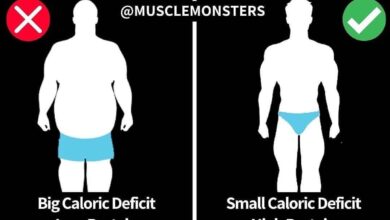
Do You Need Cardio to Lose Fat?
Do you need to do cardio to lose fat? This is a question that many people ask, and the answer is not always straightforward. While cardio is often touted as a key ingredient for fat loss, it’s important to understand the nuances and how it works in conjunction with other factors like diet and strength training.
In this blog post, we’ll explore the role of cardio in fat loss, its impact on metabolism, and how it can be incorporated into a balanced fitness routine.
Cardio, short for cardiovascular exercise, involves activities that elevate your heart rate and breathing, leading to increased calorie expenditure. It encompasses a wide range of activities, from brisk walking and swimming to running and cycling. The key is to find something you enjoy and can stick with consistently.
Cardio’s Impact on Metabolism
Cardiovascular exercise, often referred to as cardio, plays a crucial role in boosting your metabolism, leading to increased calorie burning even when you’re at rest. This enhanced metabolic rate is a significant contributor to fat loss and overall health improvements.
Increased Calorie Burn at Rest
Cardiovascular exercise increases your metabolic rate by building muscle mass. Muscles are metabolically active tissues, meaning they require more energy to function than fat tissue. When you engage in cardio, your body adapts by building more muscle, which in turn boosts your resting metabolic rate.
So, you’re wondering if cardio is essential for shedding pounds? While it’s a great way to boost your metabolism and burn calories, don’t forget about the power of nutrition! Finding delicious and healthy ways to fuel your body is key, and chickpeas are a fantastic option.
Check out these delicious ways to use chickpeas under 360 calories to help you stay on track with your weight loss goals. Remember, a balanced approach that combines exercise and mindful eating is the ultimate recipe for success!
This means you burn more calories even when you’re not actively exercising.
The Afterburn Effect (EPOC)
Cardiovascular exercise also triggers the afterburn effect, known as excess post-exercise oxygen consumption (EPOC). This phenomenon occurs because your body needs extra oxygen to repair and rebuild muscle tissue after a workout. The process of replenishing energy stores and repairing muscle damage requires a significant amount of energy, resulting in an elevated metabolic rate for several hours after your workout.
EPOC is the extra energy your body burns in the hours after a workout to restore itself.
So, you’re wondering if you need to do cardio to lose fat? It’s a common question, and the answer is a bit nuanced. While cardio is great for burning calories and improving your overall health, it’s not the only way to achieve your weight loss goals.
If you’re looking for a different kind of challenge, maybe something that pushes your endurance limits, check out everything you need to know about ultra walking. It’s a fantastic way to build stamina and burn calories, and you might be surprised at how much fat you can lose just by walking for hours on end.
Ultimately, the key to fat loss is finding an activity you enjoy and sticking with it, whether it’s a high-intensity cardio workout or a long, leisurely walk.
Research Supporting Cardio’s Impact on Metabolism
Numerous studies have demonstrated the link between cardio and an elevated metabolic rate. For instance, a study published in the Journal of Applied Physiology found that high-intensity interval training (HIIT) significantly increased EPOC compared to moderate-intensity continuous exercise. Another study published in the International Journal of Obesity showed that individuals who participated in regular cardio exercise had a higher resting metabolic rate than those who did not.
These findings suggest that cardio plays a significant role in boosting metabolism and contributing to fat loss.
Cardio vs. Strength Training for Fat Loss

Both cardio and strength training play crucial roles in fat loss, but they work in distinct ways. Understanding their individual benefits and how they complement each other is essential for designing an effective fat loss program.
The Benefits of Cardio and Strength Training for Fat Loss, Do you need to do cardio to lose fat
Cardiovascular exercise, often referred to as cardio, is any activity that elevates your heart rate and breathing for an extended period. It’s a powerful tool for burning calories and improving cardiovascular health. Strength training, on the other hand, focuses on building muscle mass through resistance exercises.
So, you’re wondering if you need to do cardio to lose fat? It’s a common question, and the answer is a bit nuanced. While cardio can be a helpful tool, it’s not the only factor. As a registered dietitian, I’ve learned some surprising things about nutrition and weight management, like the importance of building muscle and the power of mindful eating.
You can check out 3 surprising takeaways about being a registered dietitian for more insights. Ultimately, when it comes to losing fat, a balanced approach that includes both healthy eating and regular exercise, whether it’s cardio or strength training, is key.
While it doesn’t directly burn as many calories as cardio during the workout, it has a significant impact on your metabolism and fat loss in the long run.
Cardio’s Role in Fat Loss
- Increased calorie expenditure:Cardio burns a significant number of calories during the workout, contributing directly to a calorie deficit, which is essential for fat loss. The more intense the cardio session, the more calories you burn.
- Improved cardiovascular health:Cardio strengthens your heart and lungs, making it easier to perform daily activities and improving overall health. This can lead to a more active lifestyle, further contributing to calorie expenditure.
- Elevated metabolism:While cardio doesn’t directly build muscle mass, it can temporarily boost your metabolism, leading to increased calorie burning even after your workout.
Strength Training’s Role in Fat Loss
- Increased muscle mass:Strength training builds muscle, which increases your resting metabolic rate (RMR). This means you burn more calories even when you’re at rest, making it easier to achieve a calorie deficit.
- Improved body composition:Building muscle through strength training can improve your body composition, leading to a leaner physique even if your weight remains the same.
- Enhanced insulin sensitivity:Strength training improves insulin sensitivity, which helps your body utilize glucose more effectively, reducing the risk of storing excess calories as fat.
Combining Cardio and Strength Training for Optimal Results
The most effective fat loss strategy often involves a combination of cardio and strength training. This approach maximizes calorie expenditure, builds muscle mass, and improves overall health.
Sample Workout Routine
- Day 1: Strength Training
- Squats: 3 sets of 8-12 repetitions
- Push-ups: 3 sets of as many repetitions as possible
- Deadlifts: 3 sets of 5-8 repetitions
- Overhead Press: 3 sets of 8-12 repetitions
- Rows: 3 sets of 8-12 repetitions
- Day 2: Cardio
- 30 minutes of moderate-intensity cardio, such as brisk walking, jogging, or cycling.
- Day 3: Rest
- Day 4: Strength Training
- Lunges: 3 sets of 10-15 repetitions per leg
- Bench Press: 3 sets of 8-12 repetitions
- Pull-ups: 3 sets of as many repetitions as possible
- Bicep Curls: 3 sets of 10-15 repetitions
- Triceps Extensions: 3 sets of 10-15 repetitions
- Day 5: Cardio
- 30 minutes of high-intensity interval training (HIIT), alternating between short bursts of intense exercise and brief recovery periods.
- Day 6: Rest
- Day 7: Active Rest
- Light activity like yoga, stretching, or a leisurely walk.
This is just a sample routine, and you may need to adjust it based on your fitness level and goals. Consulting with a certified personal trainer or fitness professional can help you create a personalized workout plan that’s safe and effective.
Cardio for Different Fitness Levels: Do You Need To Do Cardio To Lose Fat

Cardiovascular exercise, or cardio, is an essential component of a well-rounded fitness routine, offering numerous health benefits, including weight management, improved cardiovascular health, and enhanced mood. However, finding the right type and intensity of cardio for your fitness level is crucial to maximize its benefits and minimize the risk of injury.
Cardio for Different Fitness Levels
Cardio exercises can be adapted to suit various fitness levels, making it accessible for everyone. Here’s a table outlining different types of cardio exercises suitable for beginners, intermediate, and advanced individuals:
| Fitness Level | Cardio Exercises | Intensity | Duration |
|---|---|---|---|
| Beginner |
|
Low to moderate | 15-30 minutes, 3-4 times per week |
| Intermediate |
|
Moderate to vigorous | 30-45 minutes, 4-5 times per week |
| Advanced |
|
Vigorous to very vigorous | 45-60 minutes, 5-6 times per week |
Gradually Increasing Cardio Intensity and Duration
It’s important to gradually increase the intensity and duration of your cardio workouts to avoid injury and prevent burnout. Here are some tips:
“Start slowly and gradually increase the intensity and duration of your workouts over time.”
- Start with shorter workouts and gradually increase the duration.For example, if you’re a beginner, start with 15-minute workouts and gradually increase to 30 minutes.
- Increase the intensity by gradually adding more resistance or incline.For example, if you’re walking, you can gradually increase the incline or speed.
- Listen to your body and take rest days when needed.It’s important to give your body time to recover and avoid overtraining.
Final Thoughts

In conclusion, cardio plays a crucial role in achieving fat loss goals. It not only burns calories directly but also boosts your metabolism and improves overall health. However, it’s essential to remember that cardio is just one piece of the puzzle.
Combining it with a healthy diet, strength training, and a consistent workout routine is the key to achieving sustainable results. So, if you’re looking to shed some pounds, don’t neglect the power of cardio!





